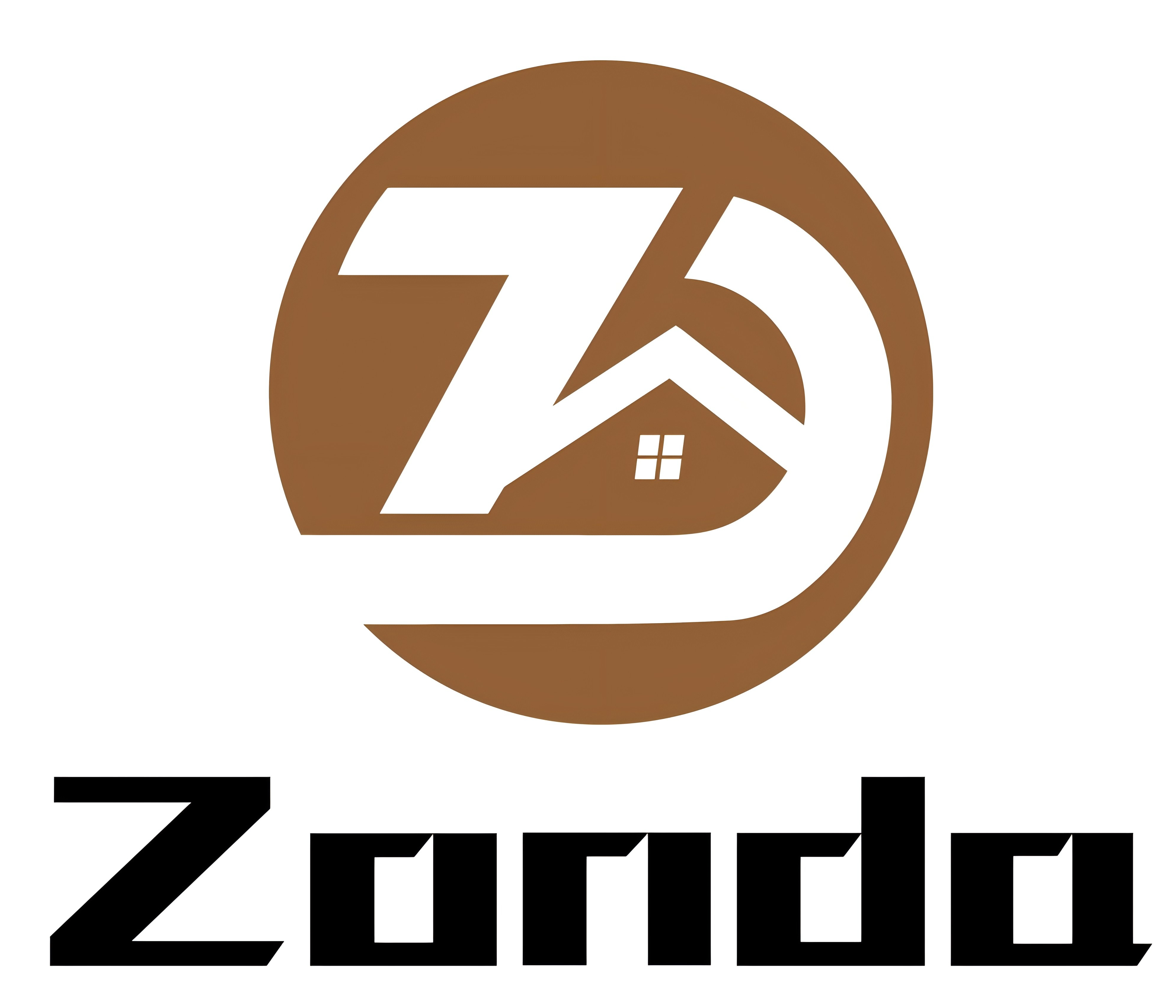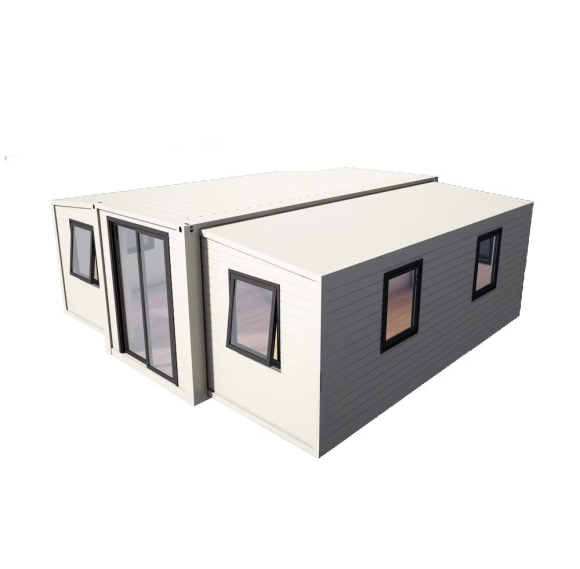Redefining Construction: The Prefab Revolution
In an era where homebuyers crave efficiency, affordability, and sustainability, prefabricated homes have emerged as a transformative force in the housing market. Often called modular or factory-built homes, these structures are crafted in controlled industrial settings, transported in large sections, and assembled on-site—challenging the slow, wasteful norms of traditional construction. What was once dismissed as a niche option for budget-conscious buyers is now gaining traction among diverse demographics, from first-time homeowners to eco-conscious families and retirees. This shift isn’t just about convenience; it’s a response to the pressing need for housing solutions that align with modern values: speed, cost-effectiveness, and environmental responsibility.
How Prefabs Outpace Traditional Builds: A Manufacturing Marvel
At the core of prefabricated homes’ appeal is their innovative construction process. Unlike site-built houses, which rely on weather-dependent outdoor work and scattered supply chains, prefabs are built in climate-controlled factories. This setup eliminates delays caused by rain, snow, or extreme temperatures, ensuring projects stay on schedule. Factory precision also minimizes human error: every wall panel, roof truss, and floor joist is cut, fitted, and inspected using advanced machinery, resulting in tighter tolerances and stronger structures.
This streamlined approach translates to remarkable speed. While a conventional home can take 6–12 months to complete, many prefab models arrive on-site 70–90% finished and are move-in ready within 4–8 weeks. For buyers eager to escape rental cycles or relocate for work, this rapid timeline is a game-changer. It also reduces the stress of prolonged construction, where unexpected issues (like supply shortages or labor gaps) can derail budgets and timelines.
Affordability Without Compromise: Budget-Friendly Homeownership
For many, the biggest barrier to homeownership is cost—and prefabricated homes are shattering that barrier. Traditional construction often comes with hidden expenses: last-minute material price hikes, overtime labor costs, and waste disposal fees, to name a few. Prefabs, by contrast, benefit from factory efficiency: bulk purchasing of materials lowers costs, standardized production reduces labor hours, and minimal on-site waste cuts disposal fees. The result? Prefab homes typically cost 10–20% less than comparable site-built houses.
This affordability doesn’t mean sacrificing quality. Modern prefabs come equipped with all the amenities of traditional homes: energy-efficient appliances, durable flooring, and high-quality fixtures. Many manufacturers even offer premium upgrades, such as quartz countertops or smart home systems, at a fraction of the cost of adding them to a site-built home. For first-time buyers, this means achieving homeownership without draining savings or taking on excessive debt. For retirees downsizing, it offers a chance to own a comfortable, low-maintenance home without overspending.
Sustainability: Building for the Planet
As climate awareness grows, more buyers are prioritizing eco-friendly homes—and prefabs deliver on this front. Factory construction drastically reduces waste: precise measurements mean less leftover lumber, and scrap materials (like metal or insulation) are easily recycled on-site. This stands in stark contrast to traditional builds, where up to 15% of materials end up in landfills.
Prefab manufacturers are also embracing green materials. Many use sustainably sourced wood, recycled steel, and low-VOC (volatile organic compound) paints to minimize environmental impact. Insulation is another strength: factory-installed spray foam or cellulose insulation creates airtight seals, reducing heat loss and lowering energy bills. Some models even come pre-wired for solar panels or fitted with rainwater collection systems, turning homes into self-sufficient, low-carbon living spaces.
These features aren’t just good for the planet—they’re good for wallets. Energy-efficient prefabs often qualify for tax incentives or utility rebates, and their lower monthly energy costs add up over time. For environmentally conscious buyers, this blend of sustainability and savings is irresistible.
Design Flexibility: Custom Homes for Every Lifestyle
Gone are the days when prefabs were limited to boxy, one-size-fits-all designs. Today’s manufacturers offer remarkable customization, letting buyers tailor homes to their needs and tastes. Whether you’re a remote worker needing a home office, a growing family wanting an extra bedroom, or a couple dreaming of a sunroom, prefabs can accommodate.
Design options range from cozy tiny homes (perfect for minimalists) to spacious 3,000+ square foot houses with multiple stories. Exteriors can mimic traditional styles (like craftsman or modern farmhouses) or embrace contemporary aesthetics with flat roofs and large windows. Interior layouts are equally flexible: open-concept living areas, walk-in closets, and even in-law suites are all possible. This versatility means buyers don’t have to compromise on their vision—they can create a home that reflects their lifestyle.
The Future of Prefabs: Innovation on the Horizon
The prefab industry isn’t resting on its laurels. Advances in technology are making these homes even more appealing. Some manufacturers now use 3D printing to create custom components, allowing for intricate designs at lower costs. Others are integrating smart home systems as standard, with features like app-controlled thermostats, energy monitoring, and security cameras.
Sustainability is also evolving. New materials, such as hempcrete (a durable, carbon-negative insulation) and cross-laminated timber (a renewable alternative to steel), are being incorporated into prefab designs. Some companies are even experimenting with net-zero energy models, where solar panels and energy-efficient systems generate as much power as the home uses.
As demand grows, governments and developers are taking notice. Many regions are updating zoning laws to accommodate prefabs, and developers are using them to address affordable housing shortages. From urban infill projects to rural communities, prefabs are proving they can fit seamlessly into diverse landscapes.
Conclusion: Why Prefabs Are the Smart Choice
Prefabricated homes are more than a trend—they’re a practical, forward-thinking solution for modern homebuyers. They offer speed, affordability, and sustainability without compromising on quality or style. Whether you’re a first-time buyer, a growing family, or someone seeking an eco-friendly lifestyle, prefabs provide a path to homeownership that aligns with today’s needs.
As technology advances and demand rises, prefabricated homes will only become more versatile and accessible. For anyone ready to invest in a home that’s efficient, affordable, and built for the future, the choice is clear: prefabricated homes are the smart choice.

